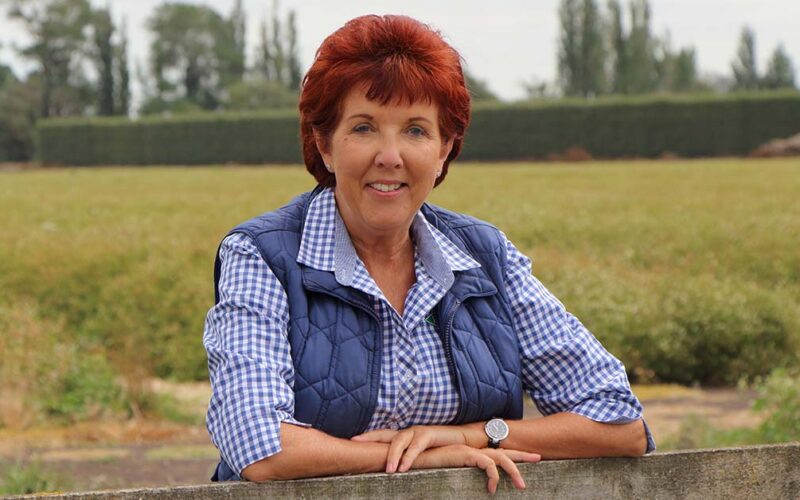Short-term inward thinking is not going to cut the mustard for the future of New Zealand’s arable industry.
Speaking at the Women in Seed forum Foundation for Arable Research (FAR) chief executive Alison Stewart cut to the chase, suggesting the biggest challenge for the industry is learning to work together.
“We have some of the best entrepreneurial thinkers out there but the industry is not doing it as a sector to make things happen,” Stewart said.
It is time for disruption, for investing in the future and controlling your own destiny through working as a unified industry, Stewart said.
“The number eight wire thing; we are living in the past – the NZ entrepreneur is the future of arable, make it happen for ourselves, the Government is not going to do it.
“We need to move out of the short-term, inward thinking.
“We are still looking at what will happen this season, a bad harvest? What will next season bring? It’s a bit of a challenge to get even one or two positive initiatives coming forward.
“We need to collaborate and move the industry forward, if we don’t do that the seed companies, the millers and the feed sector will have no growers.”
Stewart cited Zespri and the apple industry as industries positively collaborating to bring success.
“We (arable) have the vision, we have the desire, but we don’t have the commitment to put the money on the table and work together,” she said.
Sector organisations such as the arable food industry council (AFIC), all have concerns.
“But we have got no money to do anything, so we keep sitting around the table talking about the sad state of the arable industry,” she said.
A year is a long time in agriculture, she said.
“I hoped from 2021 to make some amazing progress in promoting NZ grains with major extension activities, new crop opportunities and a future of value add,” she said.
“But 2021-2022 it’s still covid, there’s so much government regulation coming along the train track, the harvest from hell and two biosecurity incursions.
“It made me step back and take a cold hard look at what’s right with the industry, what’s wrong with the industry and where is the industry sitting at the moment and where I think it needs to go.”
The harvest from hell has been the silver lining for some now realising real money for wheat.
“But this is not something we have done, it’s a global influence, it’s not a sustained, planned strategy, it’s good luck if you have got grain to sell at the moment,” she said.
“So, what can we do?”
Growers need to understand the full cost of production, negotiate better contracts, as an industry promote products to consumers, diversify into new markets, new products and new crops.
“I see the biggest problem as not next season but the one after and the one after that as global issues create potential problems with availability of chemicals and fertilisers potentially resulting in some production losses,” she said.
“The situation is evolving by the week making it very difficult to predict and plan and more so for the coming couple of years.”
Growers have to be prepared to take some risks, to understand the full cost of production and the variances likely in any one season when they negotiate contracts, they need to do some things differently to get a fair price for what they produce.
“We are slap bang in price-takers’ place; growers are competing against each other while other industries are working together negotiating big deals to mitigate market risks,” she said.
“The downside for arable is growers operating as individual businesses with no powers of negotiation and driving the price down – it’s quite frustrating.
“In our favour at the moment is food security, but how do we capture this?
“At the moment every discussion is on the importance of generating an export market. Somehow, we have to open arable for food security and food safety because we are a domestic-focused industry.
“We need to identify the value-add market, convince the consumer and get the consumer to demand it.
“Future foods will be about doing things differently, growers leading change, industry collaboration and investment focused on food safety and security.”
Read more articles in the Food Security special report series here.






